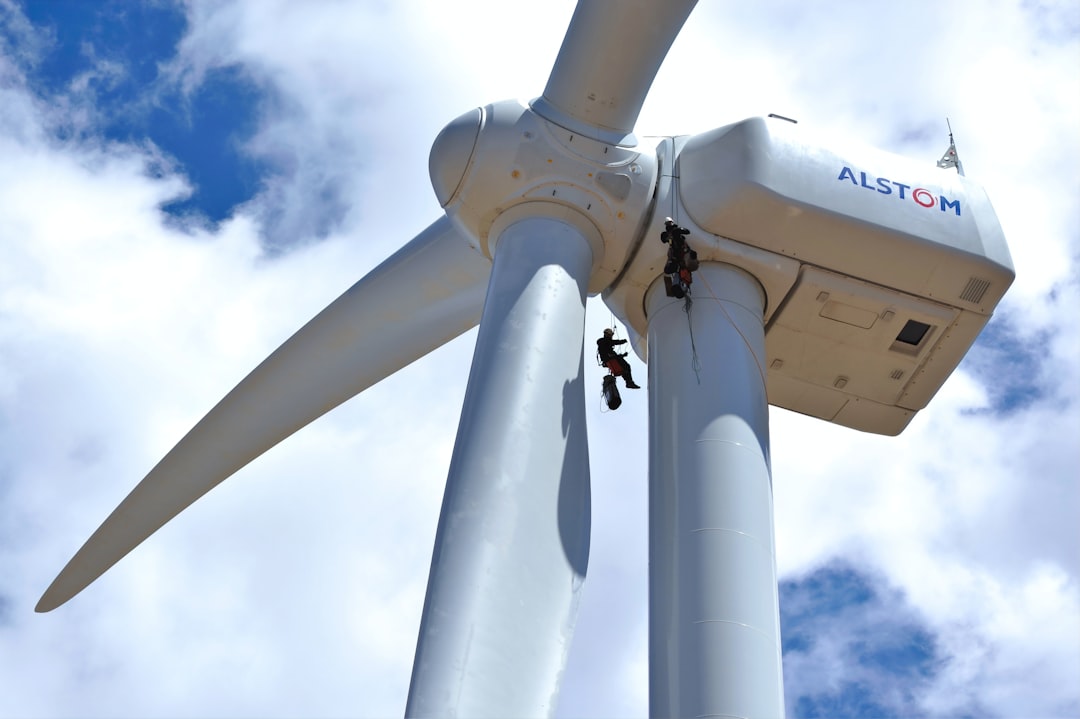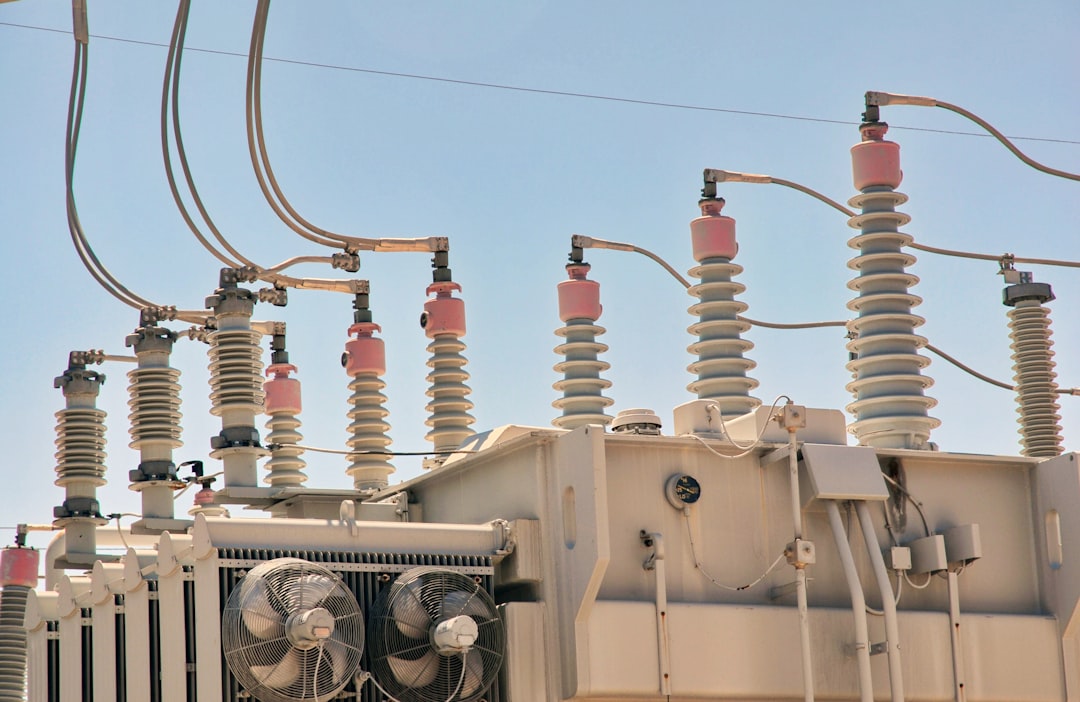What is it about?
There are two types of contact structures a Diode can exhibit. They are Ohmic and non-Ohmic (Schottky). One of the oldest problems in Physics is the investigation on the behavior of contact structures. The Fermi Level Pinning (FPL) at the Metal-Semiconductor contact structure leads to increased barrier (often referred as "Schottky Barrier Height-SBH") which causes higher contact resistance at the Source and Drain region of MOSFET's. We have made experimental investigation on effectively reducing this barrier by introducing a thin film in between Metal and Semiconductor. Thus formed M-I-S structure has shown a negative SBH with a 122% reduction which is the highest ever achieved so far. The thin interfacial layer produced from Atomic Layer Deposition (ALD) technique has proven its role in mitigating the barrier height. In addition, it also paved a way to explore on the surface inhomogeneity of both M-S and M-I-S structures.
Featured Image

Photo by Umberto on Unsplash
Why is it important?
The lower Schottky Barrier Height can help us to develop high performance transistors and enhanced device performance. These observations can also play a vital role in spin transistors too. We have also demonstrated the presence of surface inhomogeneity in both Metal-Semiconductor and Metal-Insulator-Semiconductor structures which requires a though understanding of the interfacial physical phenomena.
Perspectives
I believe that, this work opens up a new pathway to develop high performance electronic devices. In addition, it requires much deeper understanding on why surface inhomogeneity is developed in M-I-S structures. I thought, highly uniform and conformal thin films by ALD technique can produce homogeneous surface. But, the interfacial high-k dielectric is found capable of mitigating the Schottky barrier height and still poses surface inhomogeneity.
Mr. Harisha C P
Read the Original
This page is a summary of: Negative Schottky barrier height and surface inhomogeneity in n-silicon M–I–S structures, AIP Advances, July 2022, American Institute of Physics,
DOI: 10.1063/5.0095003.
You can read the full text:
Contributors
The following have contributed to this page










